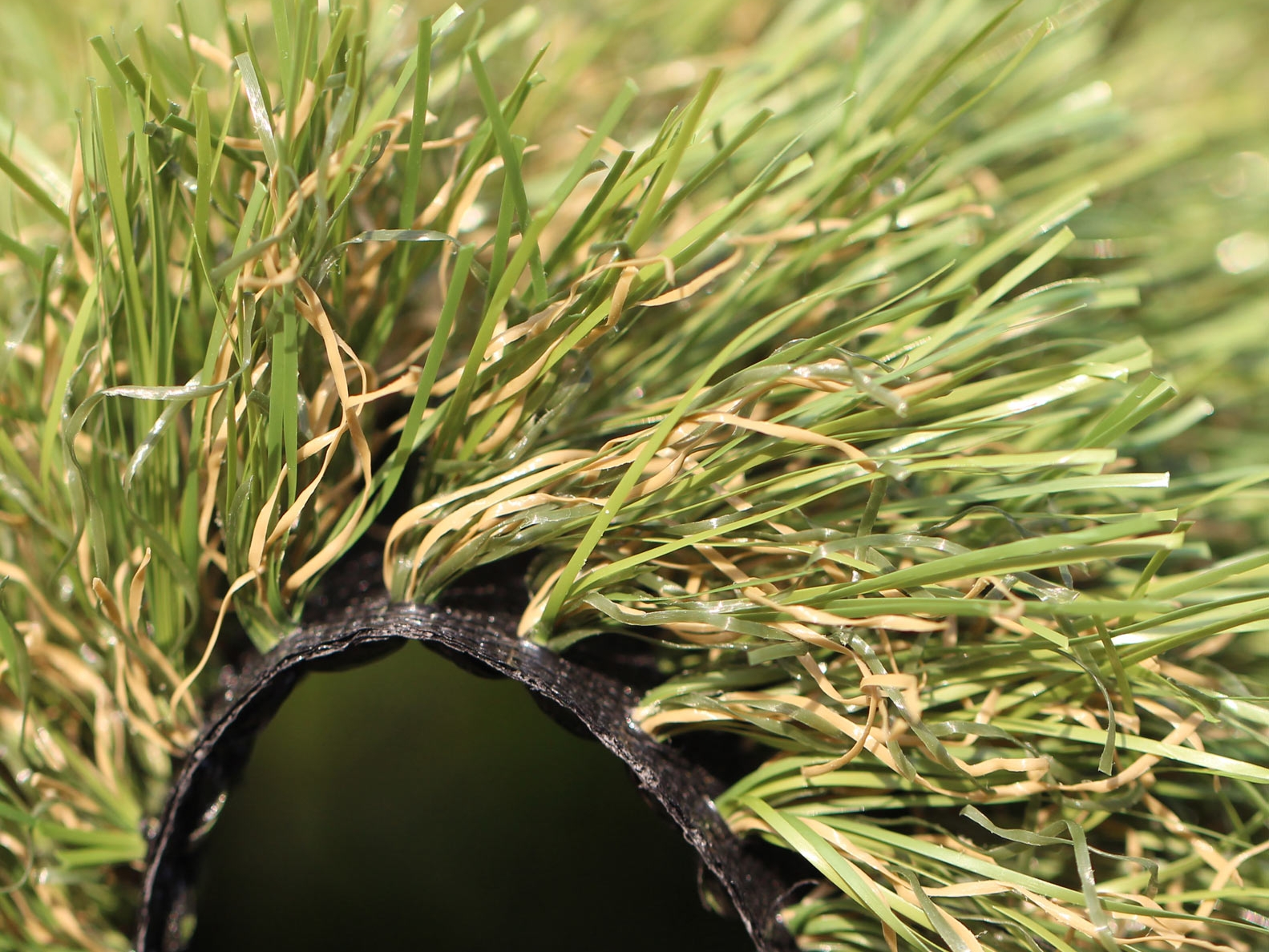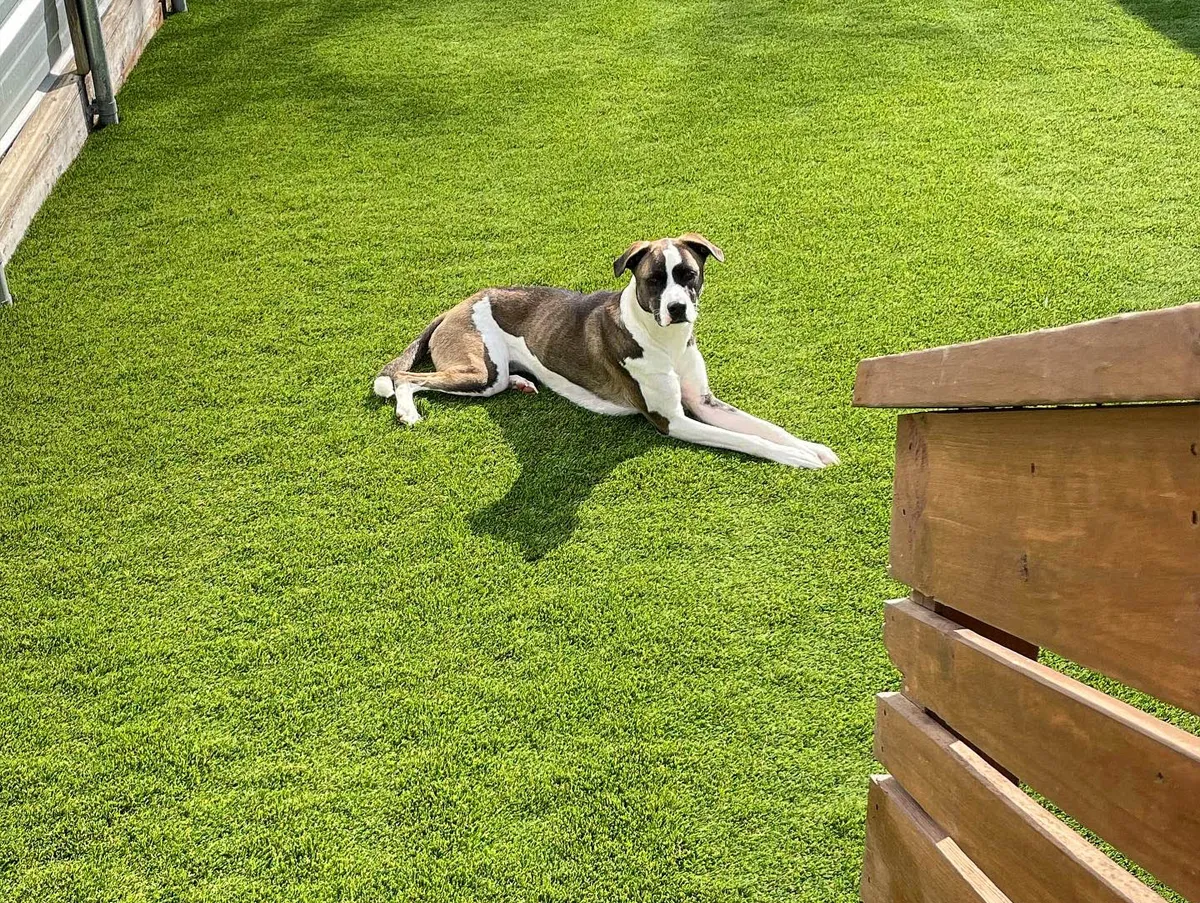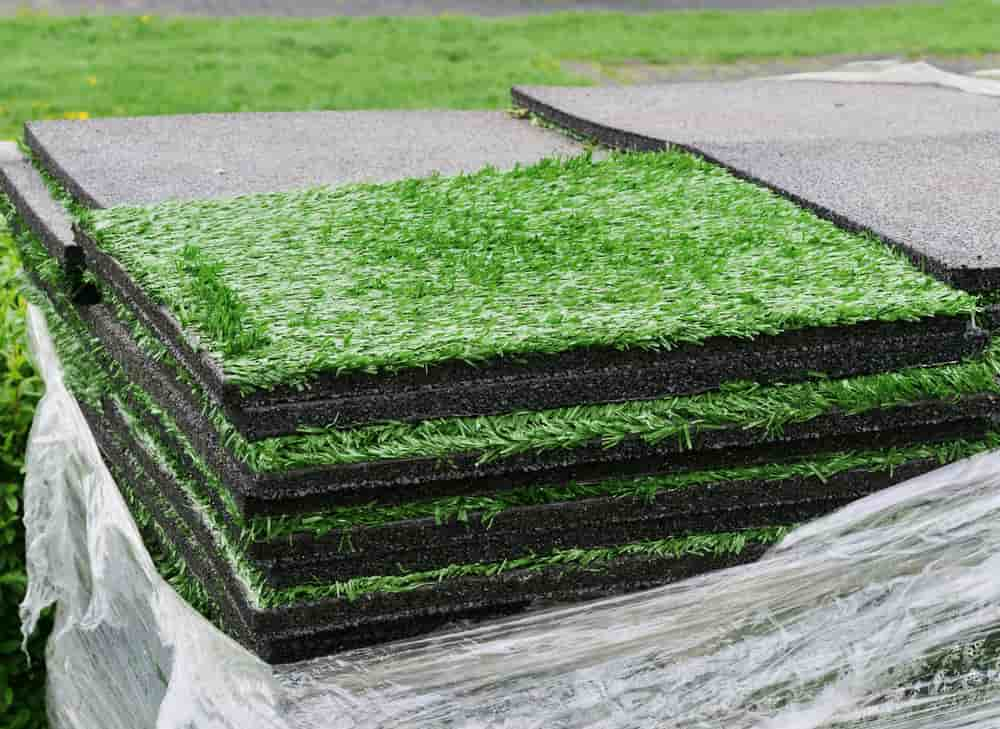Delve Into the Environmental Benefits of Opting for Artificial Lawn Solutions
The adoption of fabricated lawn services offers an engaging chance to attend to pressing ecological obstacles. By dramatically decreasing water use and minimizing the application of hazardous chemicals, these choices not only promote sustainable landscaping however likewise safeguard neighborhood ecosystems.
Water Preservation Benefits
One of the most substantial benefits of fabricated lawn is its ability to save water. In comparison, artificial grass does not need watering, dramatically lowering the total need for water sources.
By removing the demand for regular watering, synthetic grass adds to lasting landscape practices and helps mitigate the ecological effect of extreme water consumption. The conservation of water expands to the reduction of overflow, which can lead to dirt erosion and river contamination.
In addition, the setup of fabricated turf permits property owners and communities to allocate water resources more effectively, concentrating on essential uses such as drinking water and agriculture. The change towards synthetic grass not just promotes liable water use yet additionally straightens with broader environmental objectives intended at protecting all-natural resources.
As areas increasingly focus on sustainability, the water preservation advantages of synthetic grass present an engaging case for its adoption in household and commercial landscape design tasks.
Lowered Chemical Use
The transition to synthetic grass considerably lowers the reliance on chemical treatments frequently made use of in natural yard upkeep. Traditional lawn monitoring normally entails the application of herbicides, chemicals, and fertilizers to advertise development and control bugs. These chemicals can present dangers to human health, neighborhood wild animals, and the atmosphere, adding to soil and water contamination.
In comparison, synthetic turf gets rid of the requirement for these damaging materials. By lessening the release of synthetic substances right into the community, synthetic turf promotes healthier dirt and water systems.
Furthermore, the lack of chemical runoff related to synthetic grass setups helps secure regional rivers from air pollution, sustaining marine life and keeping biodiversity. Phoenix turf companies. As communities significantly prioritize sustainable techniques, selecting fabricated turf presents a viable solution that straightens with ecological conservation goals. With this shift, residential or commercial property owners can delight in rich eco-friendly areas without jeopardizing environmental wellness, paving the method for a much more lasting future
Lower Carbon Impact

Moreover, the installation of synthetic grass can result in considerable water conservation. Natural grass call for substantial quantities of water for watering, which not only includes to the carbon footprint linked with water extraction and treatment however additionally pressures regional water resources. In contrast, synthetic grass requires very little upkeep, needing no watering, therefore significantly minimizing water use and its associated power expenses.
Furthermore, the durability of synthetic grass contributes to its reduced carbon influence. With a life-span of approximately 15 years or even more, the demand for frequent replacements is decreased, causing less waste and lower power consumption in manufacturing and getting rid of conventional grass alternatives. On the whole, fabricated lawn provides a sustainable alternative for ecologically aware landscaping.
Habitat Conservation
Habitat preservation is an essential consideration in the discussion over landscaping choices, especially when comparing fabricated turf to all-natural yard. All-natural grass lawns typically require substantial maintenance, including the usage of fertilizers, herbicides, and chemicals, which can negatively affect neighborhood ecological communities. These chemicals can leach into the soil and rivers, hurting indigenous vegetation and fauna and interrupting local habitats.
Artificial turf removes the need for hazardous chemicals, thereby protecting nearby wildlife and preserving the honesty of bordering ecosystems. The installment of synthetic grass can lead to the conversion of previous yard areas into more biodiverse landscapes, such as pollinator yards or native plant areas, which can sustain neighborhood wildlife.
Eventually, the transition to synthetic grass not only conserves water and decreases maintenance initiatives however additionally cultivates a more harmonious relationship in between human activities and the native environment, promoting habitat conservation in the procedure.
Long-Term Sustainability
Long-term sustainability is a crucial element in assessing the advantages of man-made Our site turf over conventional lawn lawns. his explanation Among the most substantial advantages of artificial lawn is its resilience; it can last up to 15-20 years with very little upkeep, whereas all-natural lawn requires frequent reseeding and substitute. This longevity decreases the demand for constant resources, such as water, fertilizers, and pesticides, which are necessary for preserving a healthy grass lawn.
Additionally, man-made grass adds to a reduction in carbon discharges related to yard care devices. Traditional yards usually need gas-powered mowers, leaners, and blowers, every one of which add to air contamination. Arizona turf. In comparison, synthetic grass removes the demand for such equipment, promoting a cleaner environment
Furthermore, the production of man-made grass increasingly makes use of recycled products, enhancing its sustainability account. As manufacturers embrace environment-friendly methods, the environmental footprint of synthetic grass proceeds to diminish.

Final Thought
The fostering of fabricated lawn options provides substantial environmental benefits, consisting of significant water conservation, decreased reliance on unsafe chemicals, and a reduced carbon impact. In addition, synthetic grass aids in protecting natural habitats by decreasing land disruption and advertising long-term sustainability via using durable products. Collectively, these aspects emphasize the potential of synthetic grass to add positively to ecological health and use a sensible alternative to traditional landscaping methods in an increasingly resource-conscious globe.
In contrast, fabricated lawn does not need watering, significantly decreasing the general demand for water resources. By reducing the release of artificial substances into the ecological community, man-made lawn advertises check my reference much healthier soil and water systems.
Additionally, the installment of artificial grass can result in significant water preservation. In contrast, fabricated lawn requires very little upkeep, calling for no watering, consequently significantly minimizing water use and its linked energy prices.
